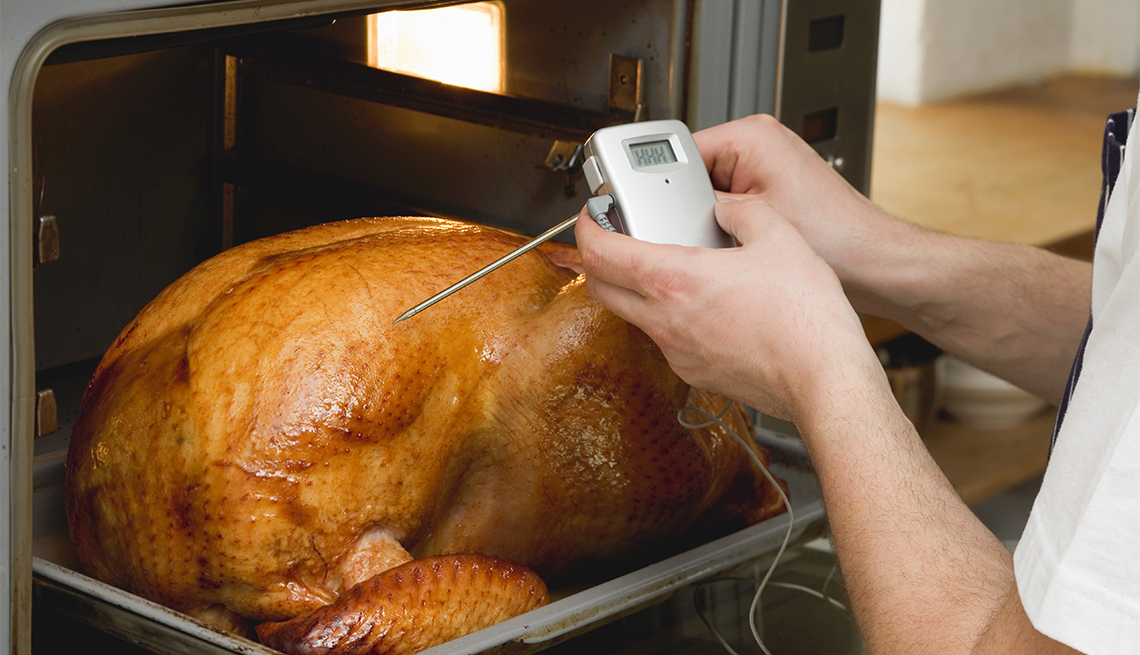How to Test Meat Thermometer Accuracy Before Your Barbecue
Written By James Morgan
Barbecue enthusiasts know that the key to perfectly cooked meat is using a reliable meat thermometer. But how do you ensure your thermometer is accurate? In this comprehensive guide, we'll show you exactly how to test your meat thermometer to ensure it gives precise readings every time.

Why Testing Your Meat Thermometer Is Crucial
Barbecuing is an art and science. Knowing the exact internal temperature of your meat can make the difference between a juicy steak and a dry one. Using an inaccurate thermometer can lead to undercooked or overcooked meat, ruining your barbecue experience.
The process of testing your meat thermometer isn't complicated, but it requires careful attention. Regularly checking your thermometer ensures that it remains reliable, giving you the confidence to serve perfectly cooked dishes.

Steps to Test Your Meat Thermometer
1. The Ice Water Test
Fill a glass with ice and add cold water to create an ice-water slurry. Dip the thermometer's probe into the water without touching the sides or bottom of the glass. Wait for the thermometer to stabilize, which should take about 30 seconds. A properly working thermometer should read 32F or 0C.
2. The Boiling Water Test
Boil a pot of water. Once boiling, insert the thermometer's probe into the water, ensuring it doesnt touch the pot's sides or bottom. Wait for the temperature to stabilize. A correctly calibrated thermometer should read 212F or 100C at sea level. Remember, the boiling point of water decreases with altitude, so adjust your expectations based on your location.
3. The Oven Test
Preheat your oven to a specific temperature, say 375F (190C). Place the thermometer inside and wait 10-15 minutes for it to reach the oven's internal temperature. Compare the thermometer's reading to the oven's setting. If there's a significant difference, it might be time for recalibration or a new thermometer.
Types of Meat Thermometers and Their Accuracy
There are various types of meat thermometers available, each offering different levels of precision:
Digital Thermometers
These thermometers are generally easy to read and provide quick, accurate readings. However, they can be affected by battery life and moisture.
Dial Thermometers
Dial thermometers are sturdy and can be left in the meat while it cooks. However, they can be slower to respond and may require regular calibration.
Instant-Read Thermometers
These are ideal for quick checks. They provide almost instantaneous readings but require regular testing for accuracy.

Maintaining Your Meat Thermometer
To ensure your thermometer continues to provide accurate readings, follow these maintenance tips:
Keep It Clean
After every use, clean your thermometer thoroughly. Residue can affect readings and harbor bacteria. Heres a helpful guide on how to clean a meat thermometer.
Store It Properly
When not in use, store your thermometer in a protective case to prevent damage and contamination. Avoid dropping or exposing it to extreme temperatures unnecessarily.
Regular Calibration
Even the best thermometers need periodic calibration. Follow the manufacturer's instructions or use the ice water and boiling water methods to ensure accuracy.
FAQs About Meat Thermometers
1. How often should I test my meat thermometer?
It's recommended to test your meat thermometer before every grilling season or at least once every few months.
2. Can I use a meat thermometer for other foods?
Absolutely! Meat thermometers can be used for other foods like casseroles, soups, and even baking to ensure proper internal temperatures.
3. What should I do if my thermometer is inaccurate?
If your thermometer consistently provides inaccurate readings, consider recalibration or replacing it with a new one.
As an Amazon Associate, I earn from qualifying purchases.



